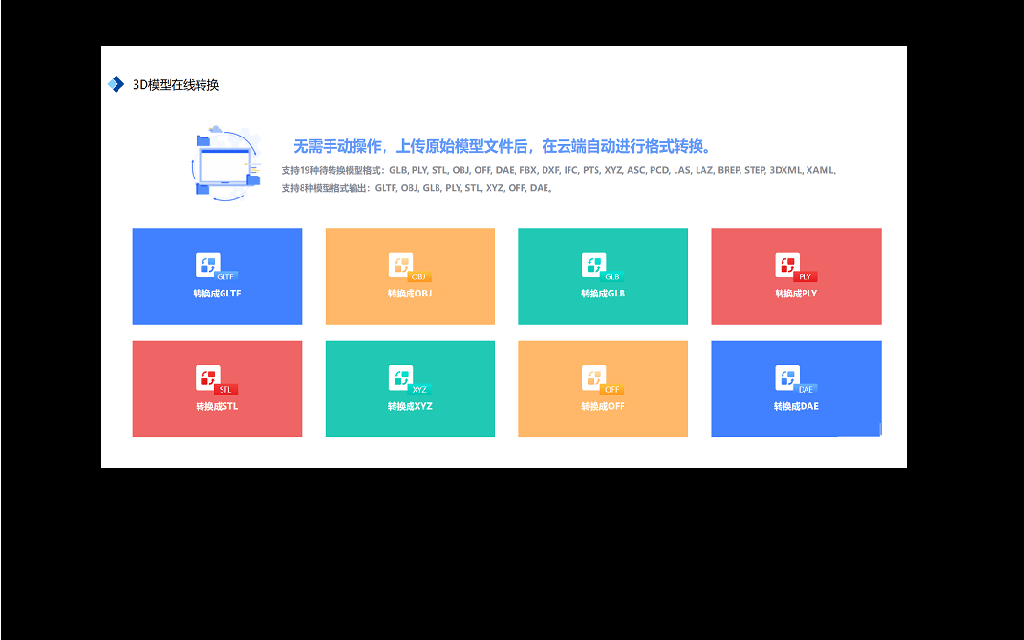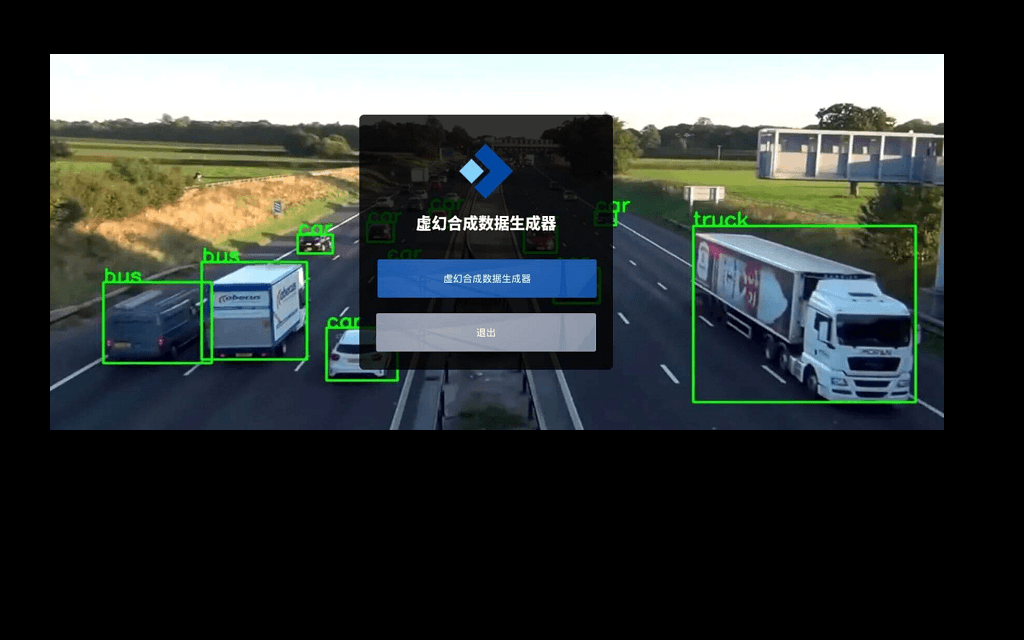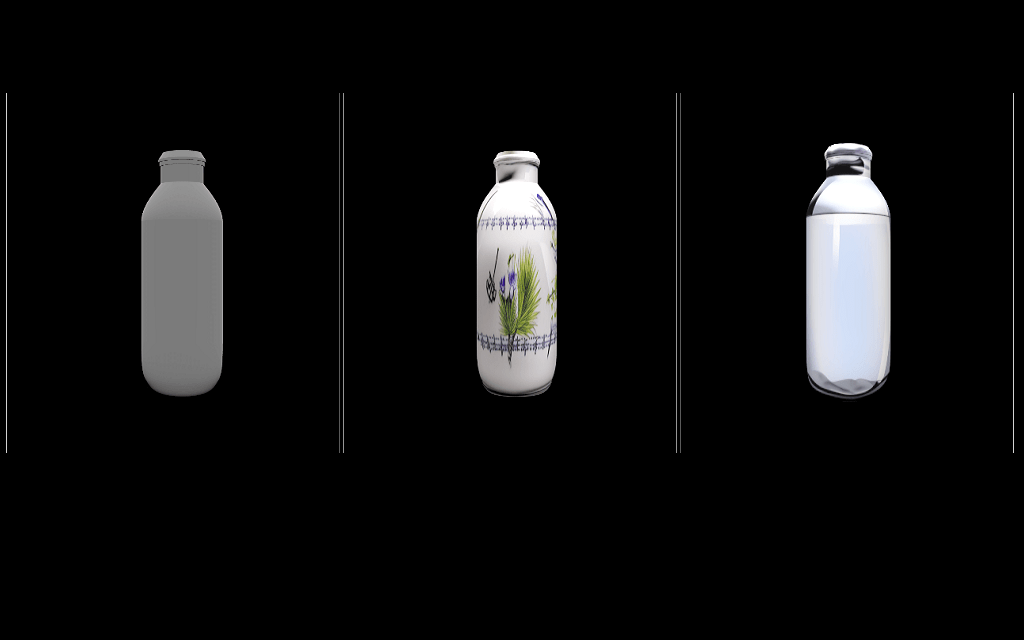Food Order Understanding in Korean
This is a LoRA adapter as a result of fine-tuning the pre-trained model meta-llama/Llama-2-7b-chat-hf. It is designed with the expectation of understanding Korean food ordering sentences, and analyzing food menus, option names, and quantities.
Usage
Here is an example of loading the model.
Note the pretrained model is meta-llama/Llama-2-7b-chat-hf.
peft_model_id = "jangmin/qlora-llama2-7b-chat-hf-food-order-understanding-30K"
config = PeftConfig.from_pretrained(peft_model_id)
bnb_config = BitsAndBytesConfig(
load_in_4bit=True,
bnb_4bit_use_double_quant=True,
bnb_4bit_quant_type="nf4",
bnb_4bit_compute_dtype=torch.bfloat16
)
model = AutoModelForCausalLM.from_pretrained(config.base_model_name_or_path, quantization_config=bnb_config, cache_dir=cache_dir, device_map={"":0})
model = PeftModel.from_pretrained(model, peft_model_id)
tokenizer = AutoTokenizer.from_pretrained(config.base_model_name_or_path, cache_dir=cache_dir)
model.eval()
Inferece can be done as follows.
instruction_prompt_template = """
다음은 매장에서 고객이 음식을 주문하는 주문 문장이다. 이를 분석하여 음식명, 옵션, 수량을 추출하여 고객의 의도를 이해하고자 한다.
분석 결과를 완성해주기 바란다.
### 주문 문장: {0} ### 분석 결과:
"""
def gen(x):
q = instruction_prompt_template.format(x)
gened = model.generate(
**tokenizer(
q,
return_tensors='pt',
return_token_type_ids=False
).to('cuda'),
max_new_tokens=256,
early_stopping=True,
do_sample=True,
eos_token_id=tokenizer.eos_token_id
)
decoded_results = tokenizer.batch_decode(gened, skip_special_tokens=True)
return decoded_results[0]
A generated sample is as follows.
print(gen("아이스아메리카노 톨사이즈 한잔 하고요. 딸기스무디 한잔 주세요. 또, 콜드브루라떼 하나요."))
다음은 매장에서 고객이 음식을 주문하는 주문 문장이다. 이를 분석하여 음식명, 옵션명, 수량을 추출하여 고객의 의도를 이해하고자 한다.
분석 결과를 완성해주기 바란다.
### 명령: 아이스아메리카노 톨사이즈 한잔 하고요. 딸기스무디 한잔 주세요. 또, 콜드브루라떼 하나요. ### 응답:
- 분석 결과 0: 음식명:아이스아메리카노, 옵션:톨사이즈, 수량:한잔
- 분석 결과 1: 음식명:딸기스무디, 수량:한잔
- 분석 결과 2: 음식명:콜드브루라떼, 수량:하나
More examples are as follows.
다음은 매장에서 고객이 음식을 주문하는 주문 문장이다. 이를 분석하여 음식명, 옵션명, 수량을 추출하여 고객의 의도를 이해하고자 한다.
분석 결과를 완성해주기 바란다.
### 명령: 오늘은 비가오니깐 이거 먹자. 삼선짬뽕 곱배기 하나하구요, 사천 탕수육 중짜 한그릇 주세요. ### 응답:
- 분석 결과 0: 음식명:삼선짬뽕,옵션:곱배기,수량:하나
- 분석 결과 1: 음식명:사천 탕수육,옵션:중짜,수량:한그릇
다음은 매장에서 고객이 음식을 주문하는 주문 문장이다. 이를 분석하여 음식명, 옵션명, 수량을 추출하여 고객의 의도를 이해하고자 한다.
분석 결과를 완성해주기 바란다.
### 명령: 참이슬 한병, 코카콜라 1.5리터 한병, 테슬라 한병이요. ### 응답:
- 분석 결과 0: 음식명:참이슬, 수량:한병
- 분석 결과 1: 음식명:코카콜라, 옵션:1.5리터, 수량:한병
- 분석 결과 2: 음식명:테슬라, 수량:한병
다음은 매장에서 고객이 음식을 주문하는 주문 문장이다. 이를 분석하여 음식명, 옵션명, 수량을 추출하여 고객의 의도를 이해하고자 한다.
분석 결과를 완성해주기 바란다.
### 명령: 꼬막무침 1인분하고요, 닭도리탕 중자 주세요. 그리고 소주도 한병 주세요. ### 응답:
- 분석 결과 0: 음식명:꼬막무침,수량:1인분
- 분석 결과 1: 음식명:닭도리탕,옵션:중자
- 분석 결과 2: 음식명:소주,수량:한병
다음은 매장에서 고객이 음식을 주문하는 주문 문장이다. 이를 분석하여 음식명, 옵션명, 수량을 추출하여 고객의 의도를 이해하고자 한다.
분석 결과를 완성해주기 바란다.
### 명령: 김치찌개 3인분하고요, 계란말이 주세요. ### 응답:
- 분석 결과 0: 음식명:김치찌개,수량:3인분
- 분석 결과 1: 음식명:계란말이
다음은 매장에서 고객이 음식을 주문하는 주문 문장이다. 이를 분석하여 음식명, 옵션명, 수량을 추출하여 고객의 의도를 이해하고자 한다.
분석 결과를 완성해주기 바란다.
### 명령: 불고기버거세트 1개하고요 감자튀김 추가해주세요. ### 응답:
- 분석 결과 0: 음식명:불고기버거, 수량:1개
- 분석 결과 1: 음식명:감자튀김
다음은 매장에서 고객이 음식을 주문하는 주문 문장이다. 이를 분석하여 음식명, 옵션명, 수량을 추출하여 고객의 의도를 이해하고자 한다.
분석 결과를 완성해주기 바란다.
### 명령: 불닭볶음면 1개랑 사리곰탕면 2개 주세요. ### 응답:
- 분석 결과 0: 음식명:불닭볶음면, 수량:1개
- 분석 결과 1: 음식명:사리곰탕면, 수량:2개
다음은 매장에서 고객이 음식을 주문하는 주문 문장이다. 이를 분석하여 음식명, 옵션명, 수량을 추출하여 고객의 의도를 이해하고자 한다.
분석 결과를 완성해주기 바란다.
### 명령: 카페라떼 아이스 샷추가 한잔하구요. 스콘 하나 주세요 ### 응답:
- 분석 결과 0: 음식명:카페라떼,옵션:아이스,샷추가,수량:한잔
- 분석 결과 1: 음식명:스콘,수량:하나
다음은 매장에서 고객이 음식을 주문하는 주문 문장이다. 이를 분석하여 음식명, 옵션명, 수량을 추출하여 고객의 의도를 이해하고자 한다.
분석 결과를 완성해주기 바란다.
### 명령: 여기요 춘천닭갈비 4인분하고요. 라면사리 추가하겠습니다. 콜라 300ml 두캔주세요. ### 응답:
- 분석 결과 0: 음식명:춘천닭갈비, 수량:4인분
- 분석 결과 1: 음식명:라면사리
- 분석 결과 2: 음식명:콜라, 옵션:300ml, 수량:두캔
다음은 매장에서 고객이 음식을 주문하는 주문 문장이다. 이를 분석하여 음식명, 옵션명, 수량을 추출하여 고객의 의도를 이해하고자 한다.
분석 결과를 완성해주기 바란다.
### 명령: 있잖아요 조랭이떡국 3인분하고요. 떡만두 한세트 주세요. ### 응답:
- 분석 결과 0: 음식명:조랭이떡국,수량:3인분
- 분석 결과 1: 음식명:떡만두,수량:한세트
Training
Fine-tuning was conducted using https://github.com/artidoro/qlora on an RTX-4090 machine, and took approximately 9 hours. The max_steps parameter was set to 5,000, which allowed nearly two complete scans of the entire dataset. Below is my training script.
python qlora.py \
--cache_dir /Jupyter/huggingface/.cache \
--model_name_or_path meta-llama/Llama-2-7b-chat-hf \
--use_auth \
--output_dir ../output/llama2-gpt4-30k-food-order-understanding-7b \
--logging_steps 10 \
--save_strategy steps \
--data_seed 42 \
--save_steps 500 \
--save_total_limit 40 \
--evaluation_strategy steps \
--eval_dataset_size 1024 \
--max_eval_samples 1000 \
--per_device_eval_batch_size 12 \
--max_new_tokens 32 \
--dataloader_num_workers 1 \
--group_by_length \
--logging_strategy steps \
--remove_unused_columns False \
--do_train \
--do_eval \
--lora_r 64 \
--lora_alpha 16 \
--lora_modules all \
--double_quant \
--quant_type nf4 \
--bf16 \
--bits 4 \
--warmup_ratio 0.03 \
--lr_scheduler_type constant \
--gradient_checkpointing \
--dataset /Jupyter/dev_src/ASR-for-noisy-edge-devices/data/food-order-understanding-gpt4-30k.json \
--target_max_len 512 \
--per_device_train_batch_size 12 \
--gradient_accumulation_steps 1 \
--max_steps 5000 \
--eval_steps 500 \
--learning_rate 0.0002 \
--adam_beta2 0.999 \
--max_grad_norm 0.3 \
--lora_dropout 0.1 \
--weight_decay 0.0 \
--seed 0 \
--report_to tensorboard
Dataset
The dataset was constructed using GPT-API with gpt-4. A prompt template is desginged to generate examples of sentence pairs of a food order and its understanding. Total 30k examples were generated.
Note that it cost about $400 to generate 30K examples through 3,000 API calls.
Some generated examples are as follows:
{
'input': '다음은 매장에서 고객이 음식을 주문하는 주문 문장이다. 이를 분석하여 음식명, 옵션명, 수량을 추출하여 고객의 의도를 이해하고자 한다.\n분석 결과를 완성해주기 바란다.\n\n### 명령: 제육볶음 한그릇하고요, 비빔밥 한그릇 추가해주세요. ### 응답:\n',
'output': '- 분석 결과 0: 음식명:제육볶음,수량:한그릇\n- 분석 결과 1: 음식명:비빔밥,수량:한그릇'
},
{
'input': '다음은 매장에서 고객이 음식을 주문하는 주문 문장이다. 이를 분석하여 음식명, 옵션명, 수량을 추출하여 고객의 의도를 이해하고자 한다.\n분석 결과를 완성해주기 바란다.\n\n### 명령: 사천탕수육 곱배기 주문하고요, 샤워크림치킨도 하나 추가해주세요. ### 응답:\n',
'output': '- 분석 결과 0: 음식명:사천탕수육,옵션:곱배기\n- 분석 결과 1: 음식명:샤워크림치킨,수량:하나'
}
Note
I have another fine-tuned Language Model, jangmin/qlora-polyglot-ko-12.8b-food-order-understanding-32K, which is based on EleutherAI/polyglot-ko-12.8b. The dataset was generated using gpt-3.5-turbo-16k. I believe that the quality of a dataset generated by GPT-4 would be superior to that generated by GPT-3.5.


